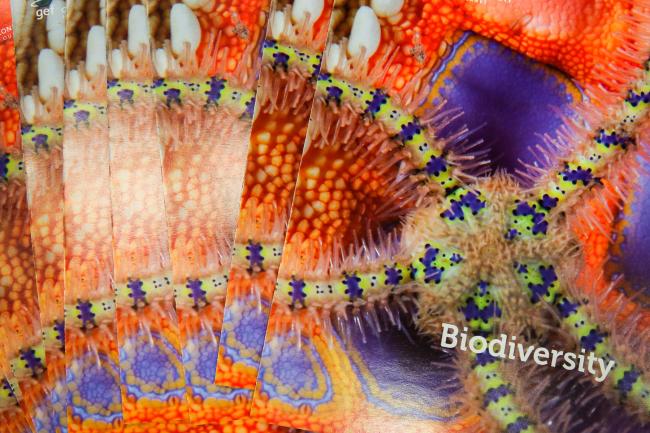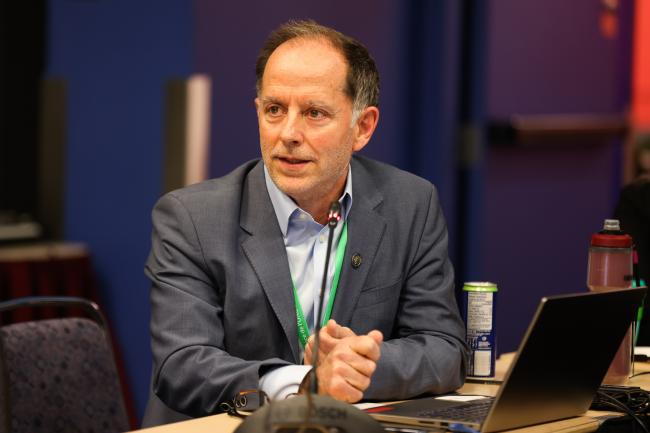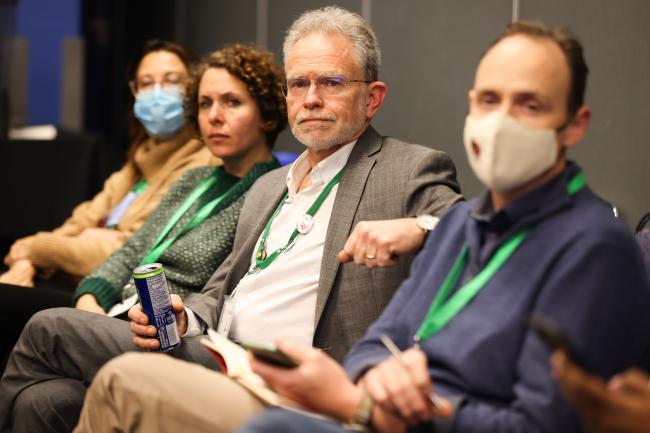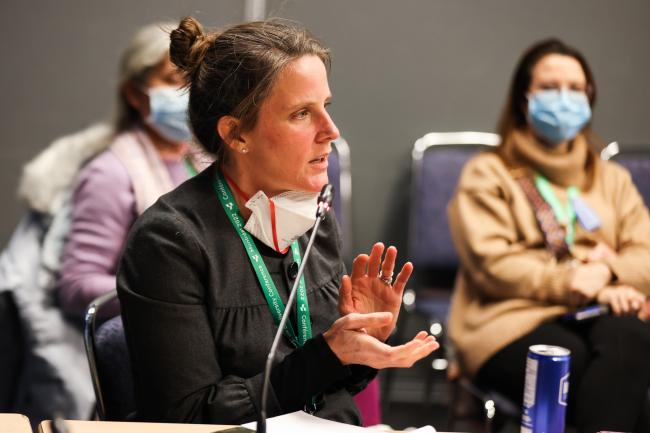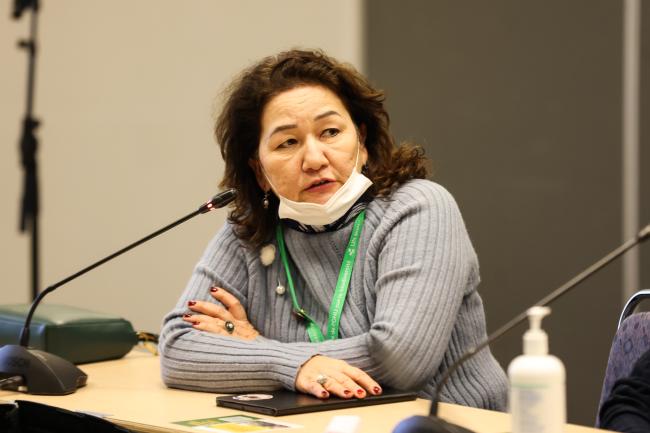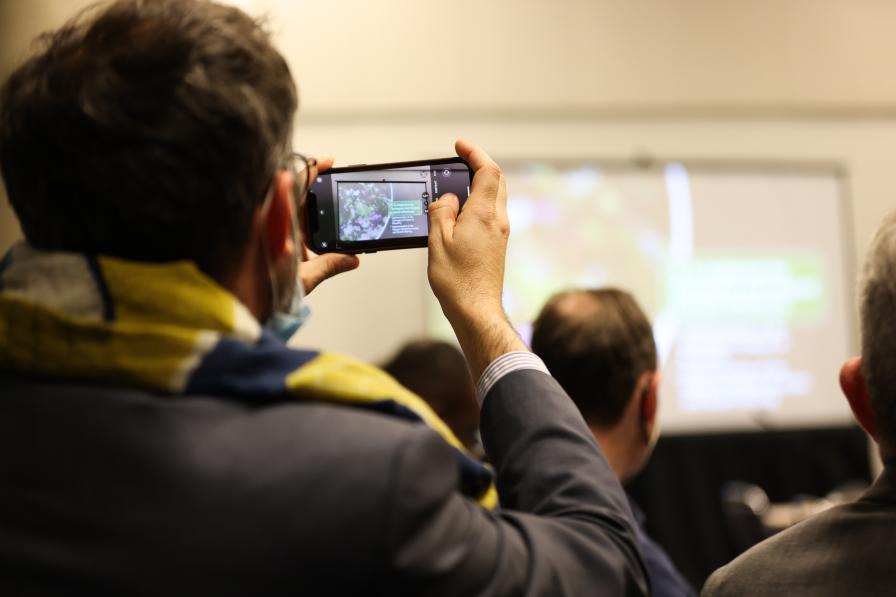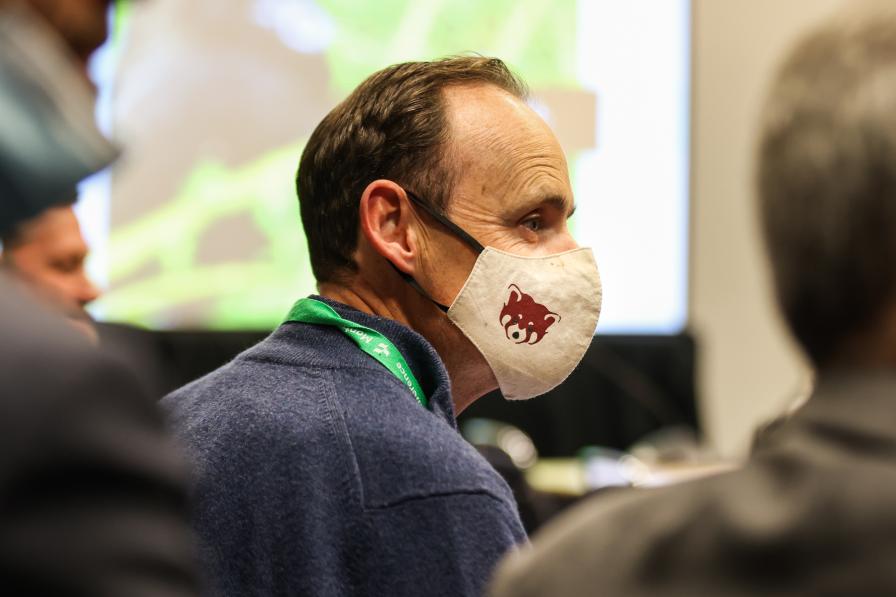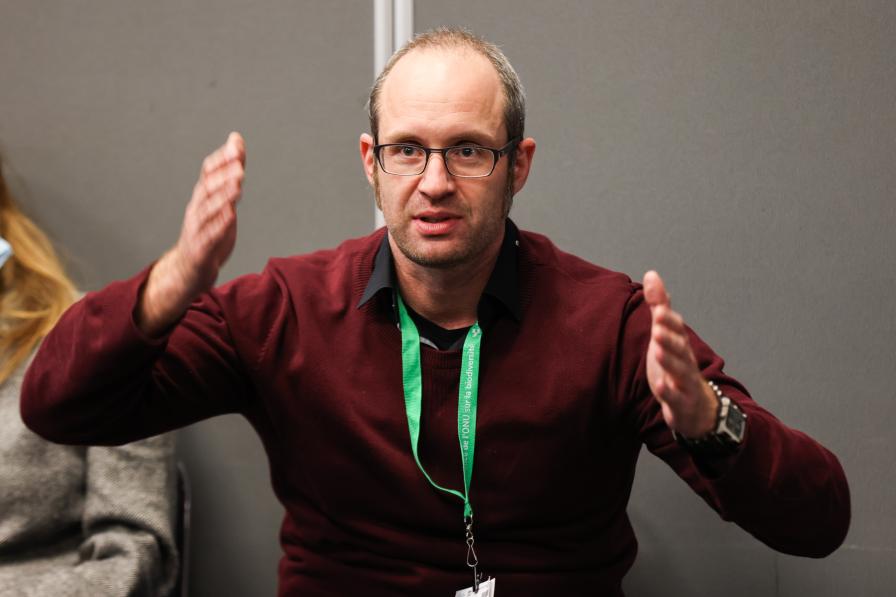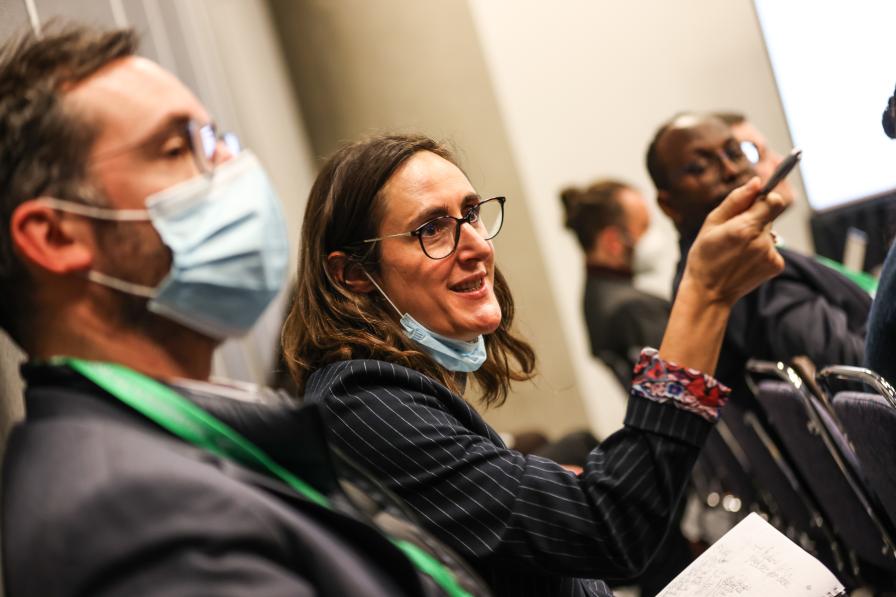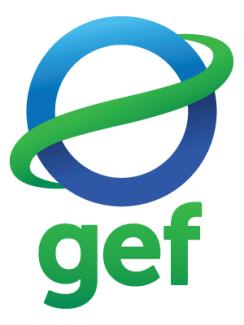Summary
Twenty-nine donor governments finalized $5.33 billion in pledges to the Global Environment Facility for the four-year GEF-8 period from July 1, 2022, to June 30, 2026. This side event gave an overview of the GEF-8 Programming Directions, drilling into the biodiversity focal area strategy and the relevant Integrated Programs.
Global Environment Facility (GEF)-8 Support to the Global Biodiversity Framework
Twenty-nine donor governments finalized USD 5.33 billion in pledges to the Global Environment Facility (GEF) for the four-year eighth replenishment of the GEF (GEF-8) from 1 July 1 2022 to 30 June 30 2026. This record funding will support large-scale initiatives to address biodiversity and forest loss, improve Ocean health, combat pollution, and reduce the effects of climate change. This side event provided an overview of the GEF-8 Programming Directions, focusing on the biodiversity focal area strategy and the relevant Integrated Programs in GEF-8 that will support implementation of the post-2020 global biodiversity framework (GBF).
Mark Zimsky, GEF, moderated the side event, which took the form of a presentation of the GEF-8 programming directions as well as the GEF’s biodiversity focal area strategy, followed by a discussion. Zimsky said the GEF is the largest environmental multi-donor trust fund in the world and is the financial mechanism of five international environmental conventions. He noted that the long-term vision of the GEF is to halt nature loss and ensure that the world is nature-positive by 2030 and carbon neutral and pollution-free by 2050. He stressed that GEF-8 programming will support the integration of actions across sectors and GEF focal areas in order to ensure durable outcomes. He noted that the GEF-8 programming strategy includes 11 cross-cutting Integrated Programs that will support GBF implementation. The Integrated Programs include, among others: Food Systems; Greening Transportation Infrastructure Development; Wildlife Conservation for Development; Amazon, Congo, and Critical Forest Biomes; and Clean and Healthy Ocean. He described how two global programs mobilize the financial sector for environmental goals through blended finance and community action for global transformation, through the GEF Small Grants Program.
Zimsky stressed that biodiversity accounts for the largest focal area in the GEF, with an allocation of USD 1.9 billion to the biodiversity focal area, representing 36%of the total GEF-8 resource envelope. He said this was a 49% increase in “real terms” for biodiversity funding from GEF-7, with at least 60% of commitments being directly or indirectly related to biodiversity. He said the GEF-8 biodiversity focal area strategy aims to: improve conservation, sustainable use and restoration of natural ecosystems; help implement the Cartagena Protocol on Biosafety and the Nagoya Protocol on Access and Benefit Sharing effectively; and increase mobilization of domestic resources for biodiversity. Highlighting two significant changes from the GEF-7 strategy to reflect development of the GBF, he noted inclusion of domestic resource mobilization, as well as an integrated landscape and seascape management approach to advance conservation and sustainable use that includes support to protected areas, Other Effective Conservation Measures (OECMs), sustainable use, and biodiversity mainstreaming to respond to drivers of biodiversity loss within large landscape or seascape mosaics.
He explained that:
- the GEF has begun to support countries to take early steps for establishing the enabling conditions to implement the GBF, even before the Framework has been formally approved, demonstrating an agility of the GEF partnership;
- the GEF-7 Early Action Grants currently provide support to countries to review and align their national targets; and
- in GEF-8 further support will be provided for the revision of National Biodiversity Strategies and Action Plans (NBSAPs), and for national reporting for the CBD, the Cartagena Protocol, and the Nagoya Protocol,
In the ensuing discussion, one participant called for clarity on the possibility of the “silo-ization” of activities and conflicts among priorities. Zimsky shared that the Conventions provide guidance that the GEF Council must make operational in its replenishment policies, so no disjuncture exists. Another spoke about project support for implementation of the Nagoya Protocol under GEF-8 in Central and Eastern Europe.
Responding to a question from the floor, Hannah Fairbank, GEF, called attention to GEF support for multi-focal area activities, and outlined that the integrated programmes under GEF-8 increase the complementarity between climate- and biodiversity-focused activities.
One participant called for clarity on how GEF balances its tracking of environmental indicators with socioeconomic indicators. Zimsky responded that GEF’s core indicators at the portfolio level track environmental indicators related to each Convention and beneficiaries disaggregated by gender,while individual projects track socioeconomic indicators specific to each project.
Organizers: GEF
Contact: Robert Bisset, GEF, rbisset@thegef.org Mark Zimsky, GEF mzimsky@thegef.org
For more information: https://www.cbd.int/side-events/4763
Written and edited by Tallash Kantai, Vijay Kolinjivadi, PhD, Deborah Davenport, PhD, and Leila Mead.
All ENB photos are free to use with attribution. For this event, please use: Photo by IISD/ENB | Natalia Mroz
To receive free coverage of global environmental events delivered to your inbox, subscribe to the ENB Update newsletter.

